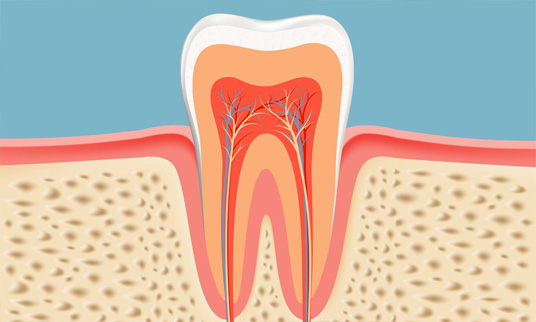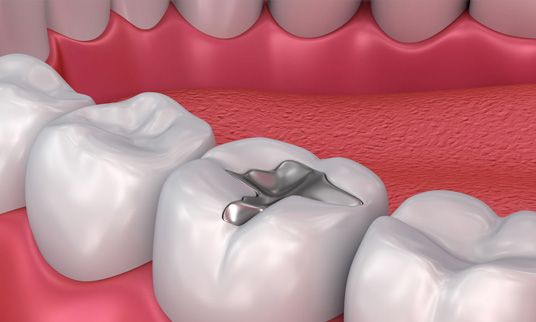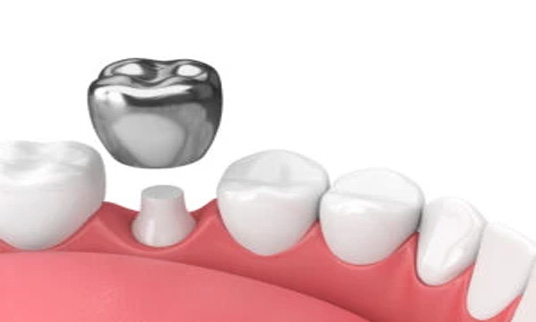Pedodontics
⸺⸺
Fluoride Application
Fluoride is a naturally occurring mineral that can do wonders to reduce the risk of tooth cavities. A decayed tooth is more prone to acid attacks from plaque bacteria resulting in demineralization. Thus a high concentration of fluoride is applied to teeth to bring back the lost minerals for reversing the early decay.

Pulpectomy
Pulpectomy is mainly used to remove the pulp from the crown and roots of an infected tooth. The infection is drained out by drilling a small hole into the tooth surface. As a part of the next stage, the infected tissue is removed after giving a local anesthesia and then the root canal is disinfected. Then the roots are sealed using an absorbable material.

Fillings
A white filling also called composite filling is one of the least invasive treatments available for filling and restoring tooth cavity. It helps to restore the strength and structure of a decayed tooth. Firstly the decayed part of the tooth is removed and then it is filled with fillings, thus reducing the risk of dental problems in the future.

Stainless Steel Crown
Dental crowns are extremely durable restorations, normally recommended by dentists to restore damaged teeth, especially when the crown of the tooth is fractured or broken. Firstly, an X-Ray of the tooth is made to check whether the crown placement is needed or not and local anesthesia is injected to reduce the discomfort involved in the further process.

